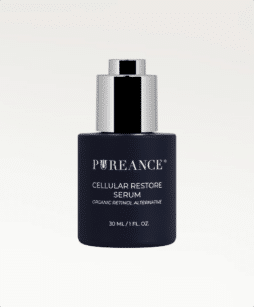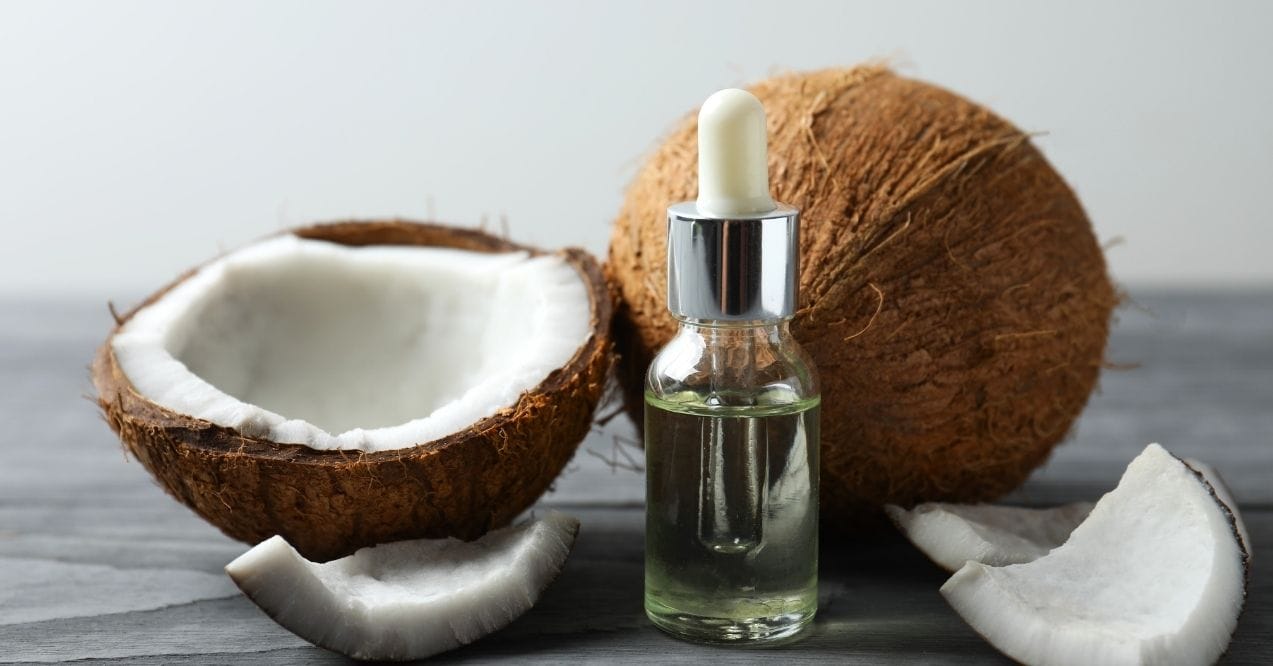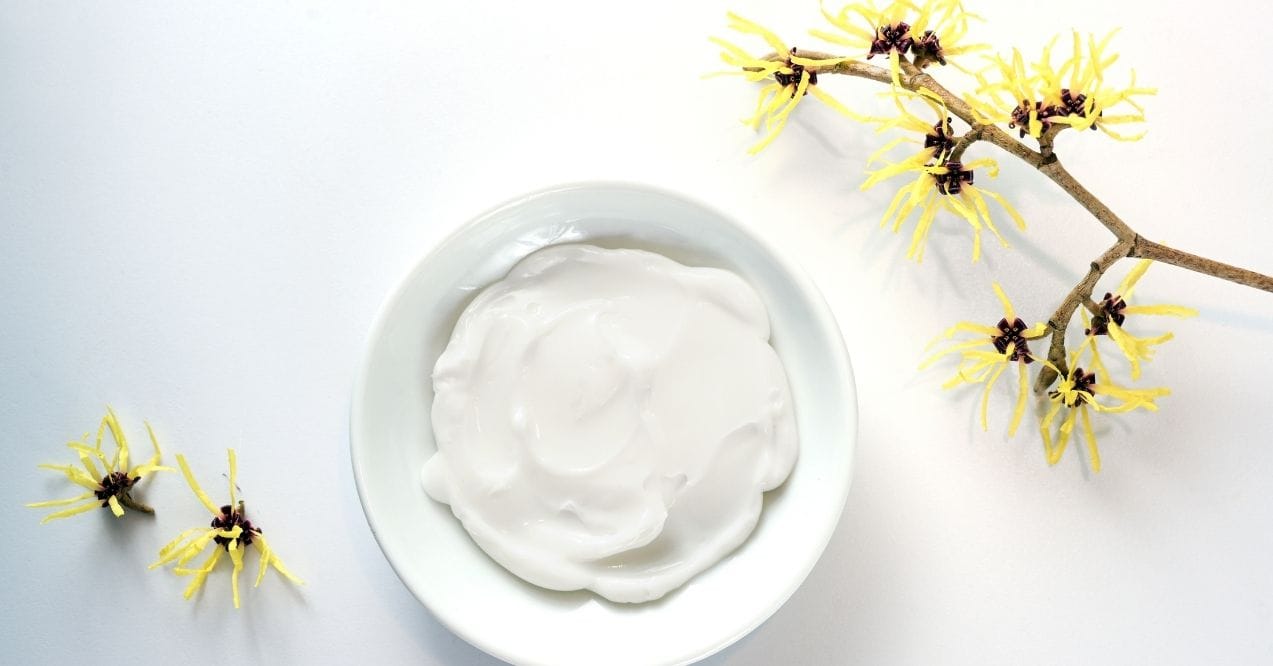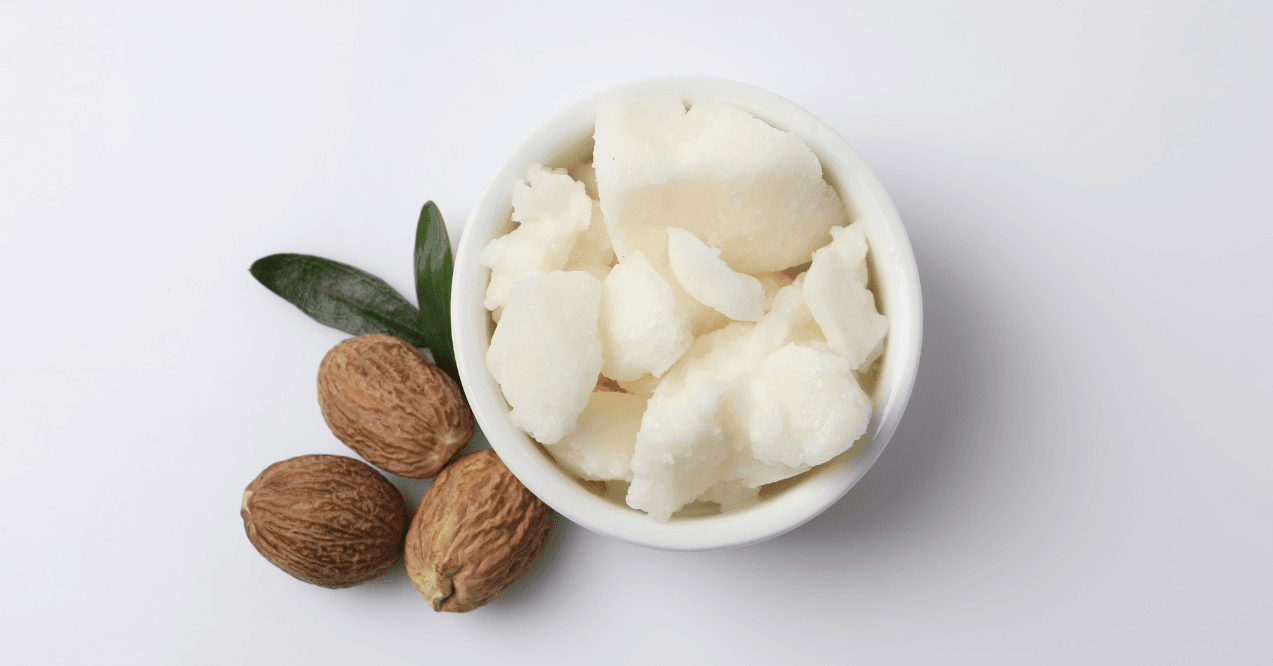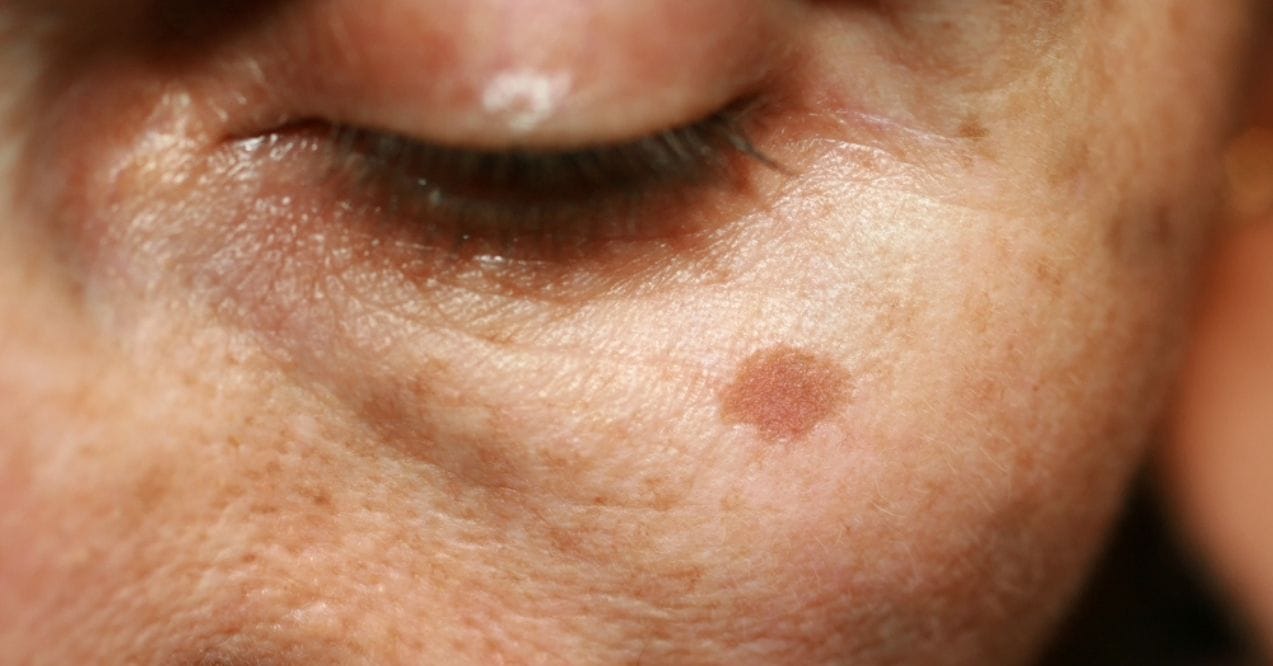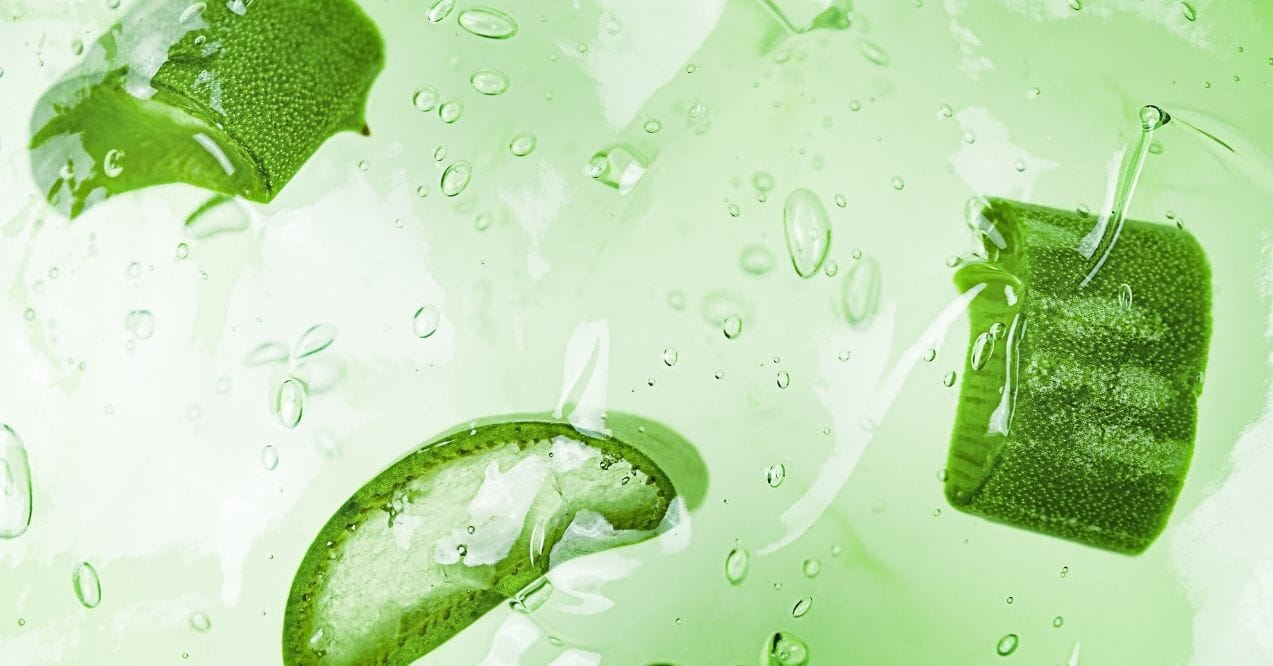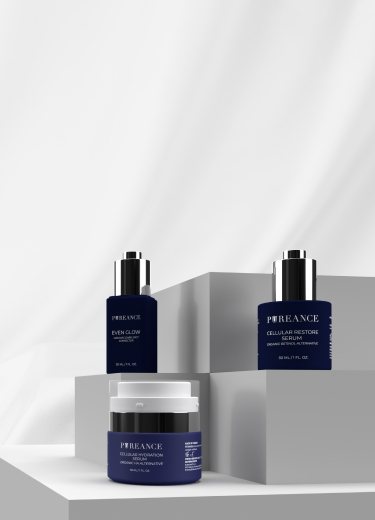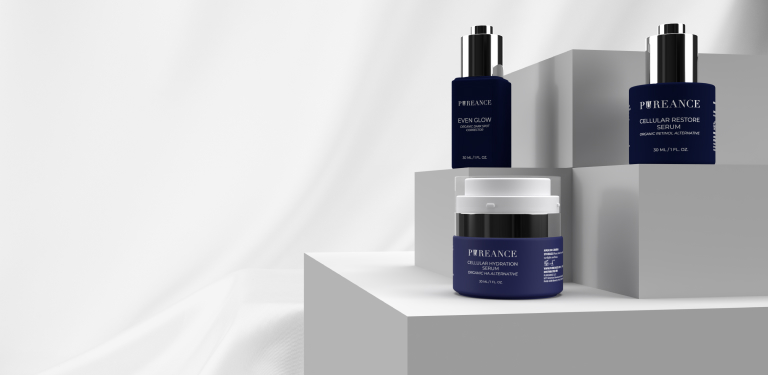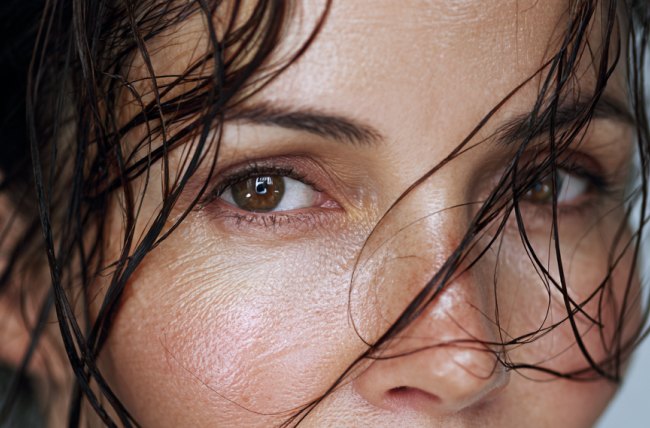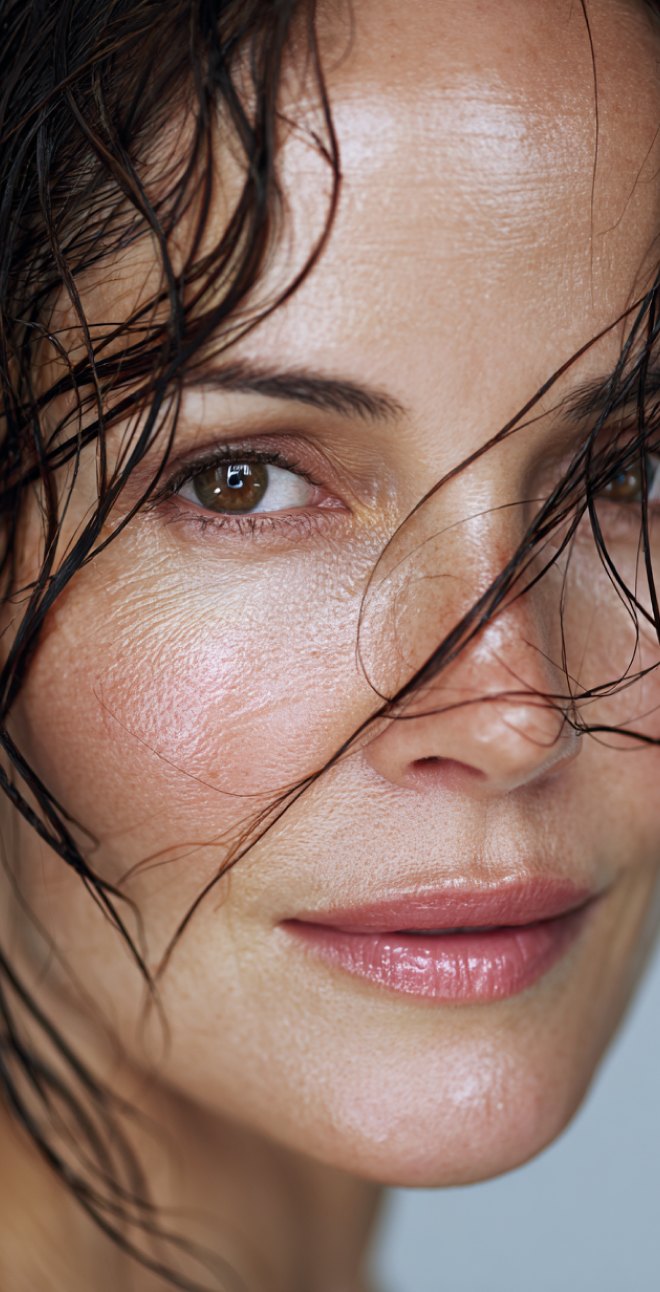


How to Use Vitamin C for Dark Spots
Those pesky dark spots can make even the most confident woman feel self-conscious about her complexion. If you’re looking for a powerful ingredient to help improve the appearance of dark spots, vitamin C might be your new best friend. This powerhouse antioxidant has gained popularity for its ability to support a more even-looking skin tone and promote a natural, healthy glow.
In this guide, we’ll explore exactly how to use vitamin C for dark spots, covering everything from application techniques to choosing the right product for your needs. Whether you’re dealing with sun-induced discoloration or other forms of uneven pigmentation, you’ll discover practical tips to incorporate this brightening superstar into your skincare routine.
Key Article Findings
- Choose a 10-20% vitamin C product and apply it consistently each morning before sunscreen.
- Target dark spots directly, waiting 30 seconds before applying other skincare products.
- Store in a cool, dark place and stop using if the product turns yellow or brown.
Is Vitamin C Good for Dark Spots?
So, is vitamin C good for dark spots? The answer is yes! This powerful antioxidant has become a go-to ingredient for those seeking to improve the appearance of dark spots and achieve a more radiant complexion. When used consistently, vitamin C can make a noticeable difference in how your skin looks, especially when it comes to those stubborn spots from sun exposure or past breakouts.
Reduces Melanin Production
Vitamin C works by supporting your skin’s natural processes that regulate pigment production. It interacts with copper-containing enzymes in your skin cells, which helps maintain balanced melanin levels. This means those dark spots you see from sun exposure or past blemishes may gradually become less noticeable with regular use of vitamin C products.
Repairs UV Damage
Your skin faces daily exposure to environmental stressors that can affect its appearance and lead to dark spots. Vitamin C supports your skin’s natural renewal process and helps maintain its resilience against these external factors. By bolstering your skin’s natural defenses, vitamin C helps maintain a more even-looking complexion.
Prevents Future Discoloration
Beyond addressing existing concerns, vitamin C helps maintain your skin’s natural protective abilities against environmental stressors. For optimal results, consider using vitamin C alongside hydrating ingredients like hyaluronic acid. This dynamic duo supports both brightness and moisture levels, while gentle exfoliating ingredients can enhance the absorption of your vitamin C products, maximizing their effectiveness for tackling dark spots.
How to Use Vitamin C Specifically for Dark Spots
Not sure how to use vitamin c for dark spots? When it comes to using vitamin C for age spots, the key lies in both consistency and proper application techniques. While this powerhouse ingredient can be used all over your face, targeting specific areas requires a strategic approach to achieve the best possible results.
Application Tips for Spot Treatment
Start with clean, dry skin before applying vitamin C. For targeted results, use a small, clean brush or your ring finger to pat the product directly onto dark spots. This concentrated application allows vitamin C to work more effectively on specific areas. Wait about 30 seconds for absorption before applying other skincare products.
Pairing with Other Brightening Agents
Vitamin C works beautifully alongside other skincare ingredients. Consider using it with niacinamide, which supports an even-looking skin tone, or alpha hydroxy acids (AHAs) that help enhance absorption. Just be sure to introduce new products gradually to see how your skin responds.
Best Practices for Daily Use
Consistency is crucial when using vitamin C. Apply it every morning, followed by sunscreen. During summer months, be extra diligent with sun protection. In winter, pair your vitamin C with additional hydrating ingredients to maintain skin moisture. Most people notice improvements in their skin’s appearance within 8-12 weeks of regular use.
Choosing the Right Vitamin C Product for Dark Spots
Does vitamin C help with hyperpigmentation? Research shows this powerful ingredient can be highly effective – but success lies in choosing the right formulation. When selecting a vitamin C product to target dark spots, not all formulations are created equal. Understanding what to look for will help you make the most informed choice for your skincare needs. Here’s what to consider when using vitamin C on dark spots.
Concentration
For optimal results, look for products containing between 10-20% vitamin C. This range provides the perfect balance of effectiveness and gentleness. Start with a lower concentration (around 10%) if you’re new to vitamin C, then gradually work your way up as your skin adjusts. This approach helps minimize any potential sensitivity while still delivering visible results.
Stabilized Vitamin C
Stabilized forms of vitamin C, such as Sodium Ascorbyl Phosphate, maintain their potency longer and are generally gentler on the skin. These formulations are less likely to oxidize (turn brown) and remain effective throughout their shelf life, ensuring you get the most value from your product.
Complementary Ingredients
Look for products that pair vitamin C with vitamin E and ferulic acid. This powerful trio works synergistically to enhance stability and effectiveness. Vitamin E supports vitamin C’s antioxidant properties, while ferulic acid helps maintain the formula’s stability and potency.
Types of Formulations
L-Ascorbic Acid is the most potent form of vitamin C but can be more sensitizing. Derivatives like Sodium Ascorbyl Phosphate and Magnesium Ascorbyl Phosphate offer excellent stability and gentler delivery, making them ideal for consistent use on dark spots. Consider your skin’s sensitivity when choosing between these options.
Complementary Treatments to Enhance Results
While vitamin C is powerful on its own, combining it with complementary approaches can help you achieve a more radiant-looking complexion. Here’s how to create a comprehensive strategy for addressing dark spots.
Retinoids
Over-the-counter retinoids can work harmoniously with vitamin C to support your skin’s natural renewal process. While vitamin C works during the day, retinoids can be applied at night to maintain skin cell turnover. Start slowly, using retinoids just once or twice a week, and gradually increase frequency as your skin adjusts. Remember to always apply sunscreen during the day when using retinoids.
Professional Spot Treatments
Consider incorporating professional treatments into your skincare routine. Gentle chemical exfoliation or specialized facial treatments can help enhance your at-home care routine. Always consult with a licensed skincare professional to determine the most suitable treatment options for your specific needs.
Diet and Lifestyle
What you put into your body matters as much as what you put on your skin. Focus on incorporating these skin-supporting foods into your diet:
- Colorful fruits and vegetables rich in antioxidants
- Foods high in vitamin C like citrus fruits, berries, and leafy greens
- Omega-3 rich foods such as salmon and walnuts
- Green tea for its antioxidant properties
Additionally, maintain healthy lifestyle habits:
- Stay hydrated by drinking plenty of water
- Protect your skin from environmental stressors
- Get adequate sleep to support your skin’s natural renewal process
- Exercise regularly to boost circulation and maintain overall skin health
Common Mistakes to Avoid with Vitamin C
When using vitamin C for your skincare routine, being aware of common pitfalls can help you maximize its benefits. Here are key mistakes to avoid:
- Using oxidized products – If your vitamin C serum has turned yellow or brown, it’s likely oxidized and won’t be as effective. Store your products in a cool, dark place and keep the bottle tightly sealed.
- Skipping sunscreen – While vitamin C supports your skin during the day, it needs to be paired with broad-spectrum sunscreen for optimal results. Apply your SPF as the final step in your morning routine.
- Mixing incompatible ingredients – Using vitamin C alongside strong exfoliants can lead to sensitivity. Start with gentle combinations and gradually build up your routine.
- Rushing the process – Applying multiple layers or high concentrations won’t speed up results. Stay consistent with your routine and give your skin time to adjust.
Conclusion
Understanding how to use vitamin C for dark spots can transform your skincare routine from frustrating to fulfilling. By choosing the right concentration, applying it correctly, and pairing it with complementary ingredients and habits, you can make the most of this powerful ingredient.
Remember that consistency and patience are your allies – stick to your routine, protect your skin daily, and celebrate the gradual improvements in your complexion’s appearance. With these tips in hand, you’re well-equipped to harness vitamin C’s brightening potential.
Vitamin C supports a more even-looking skin tone and can help improve the appearance of dark spots when used consistently. Its antioxidant properties work at the surface level to promote a brighter, more balanced complexion.
Regular use of vitamin C can help reduce the appearance of dark spots over time. Look for stable formulations with 10-20% concentration and use them consistently alongside sun protection for optimal results.
Some people may experience mild sensitivity to vitamin C, especially at higher concentrations. Start with a lower percentage (around 10%) and gradually increase. Choose stable forms like Sodium Ascorbyl Phosphate for gentler effects.
Several vitamins can help improve the appearance of dark spots, including vitamin C, vitamin B3 (niacinamide), and vitamin A derivatives. Vitamin C is particularly effective when used consistently in a daily skincare routine.
This site offers health, wellness, fitness and nutritional information and is designed for educational purposes only. You should not rely on this information as a substitute for, nor does it replace, professional medical advice, diagnosis, or treatment. If you have any concerns or questions about your health, you should always consult with a physician or other health-care professional. Do not disregard, avoid or delay obtaining medical or health related advice from your health-care professional because of something you may have read on this site. The use of any information provided on this site is solely at your own risk.
Nothing stated or posted on this site or available through any services are intended to be, and must not be taken to be, the practice of medical or counseling care. For purposes of this agreement, the practice of medicine and counseling includes, without limitation, psychiatry, psychology, psychotherapy, or providing health care treatment, instructions, diagnosis, prognosis or advice.
